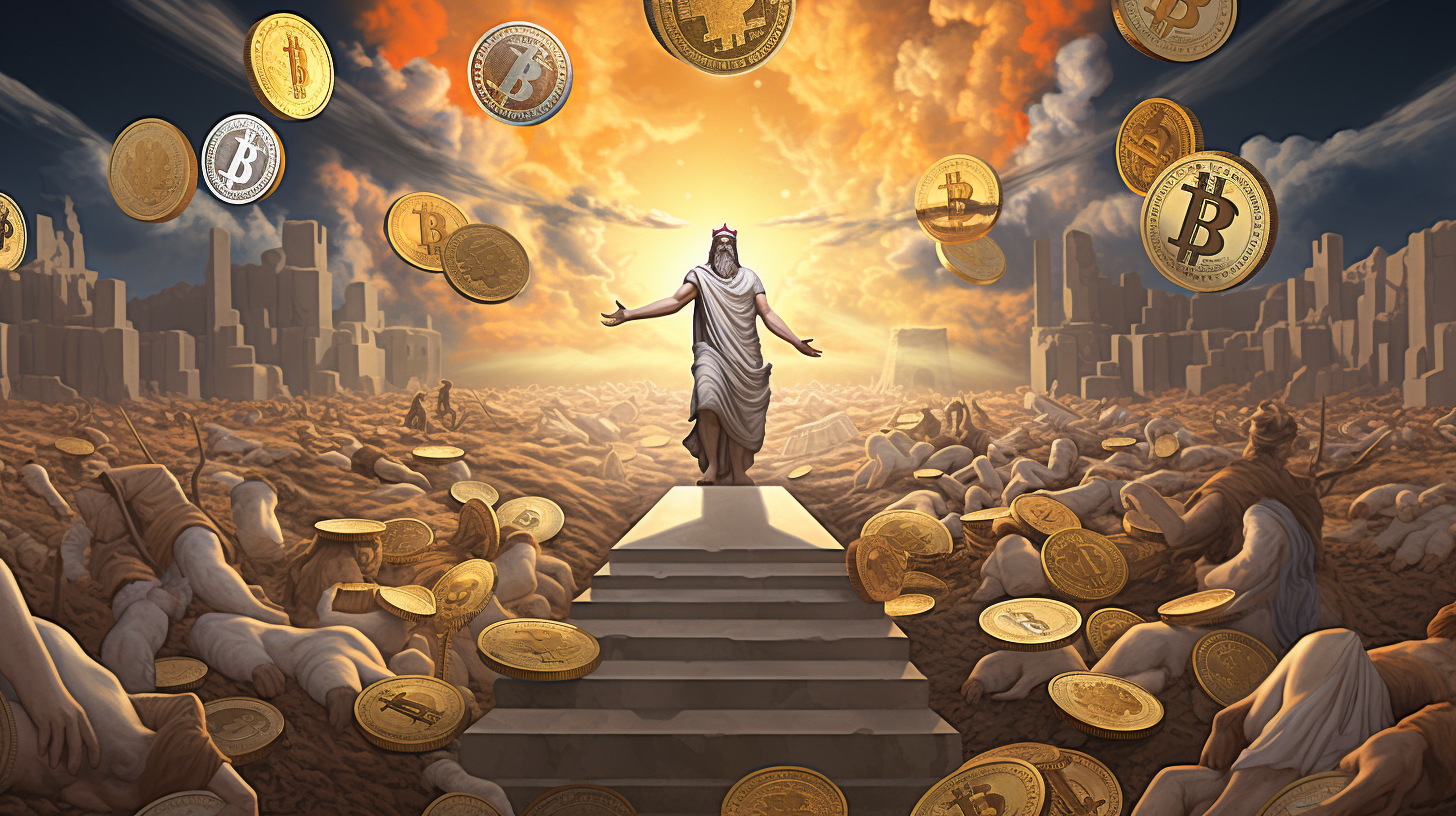The art world has experienced a transformative disruption akin to the birth of the printing press, but in the digital realm. Enter the world of Non-Fungible Tokens (NFTs), the blockchain-based certificates of authenticity that have allowed digital art to flourish into a full-fledged financial powerhouse. Welcome to the NFT Renaissance, where the creative energies of artists are being amplified by a technology that certifies, ensures, and rewards originality.
Just a few years ago, digital art was a niche market with a reputation for easy replication and low resale value. Now, the game has completely changed. A single piece of digital art can sell for millions, and artists, who were once at the mercy of galleries and intermediaries, are now taking center stage in the bustling digital marketplaces like OpenSea and Rarible.
Why are NFTs so valuable? Each token is as unique as a Da Vinci, inextricably linked to its artwork, and its provenance is permanently recorded on the blockchain. The ownership of an NFT is more than just possession of a file; it’s a stake in the art’s history, its future, and, quite literally, its code. It’s this technology that has turbocharged the artistic economy, launching artists like Pak, Fewocious, and Mad Dog Jones into the stratosphere of crypto-celebrity.
Take the case of artist Mike Winkelmann, better known as Beeple, whose piece ‘Everydays: The First 5000 Days’ sold for a jaw-dropping $69 million at Christie’s auction house. In a society where cryptocurrencies reign supreme, sales like these are regular events that stir the market and redefine value.
But it’s not only the artists who are reaping the benefits. Collectors are now akin to patrons of the Medici family era, who have a hand in propelling the careers of artists they support. What’s the twist? Digital artists can program royalties into their NFTs, ensuring they earn a percentage of sales whenever their art is resold, depicting a genuine paradigm shift in artist revenue streams.
Despite the dazzling success, skeptics question the environmental impact, the hype’s sustainability, and the bubble-bursting future. However, artists and technologists are countering these arguments through the introduction of more energy-efficient blockchain protocols like ‘Proof of Stake’. Moreover, innovations are continuously emerging, with augmented reality art galleries and virtual reality exhibitions expanding the horizon for art enthusiasts, tapping into uncharted digital experiences.
It’s not all just selling images; some artists are pushing the envelope further. Imagine attending a concert where your entry ticket is an NFT, making you part owner of the live performance’s recording. Or consider owning a piece of film history when your favorite scene is minted as an exclusive NFT. These aren’t merely concepts; they are ongoing revolutions that are reshaping our cultural landscape.
In this tokenized world, the NFT Renaissance extends beyond the visual arts. From the way we understand ownership to how we interact with creators, the line between the artist and the audience has been intriguingly blurred. Echoing the philosophy of the Renaissance era, which emphasized the importance of individual skill and expression, today’s digital era elevates these principles to an unprecedented level where every creation can be a masterpiece, and every artist has the potential to be a maestro.
As we continue to venture deeper into this cryptic realm, one can only imagine the possibilities that lie ahead. We’ve witnessed an extraordinary shift, a collective realization that in a world where everything can be tokenized, the value we ascribe to art—and perhaps to different facets of life itself—is being rewritten before our eyes.
So, hold on to your digital wallets, for this is not just a trend, but the dawn of an epoch where art intersects with technology to birth a whole new marketplace dynamic. The NFT Renaissance is reimagining financial models, artistic expression, and our very concept of value. And the canvas of possibilities? It’s as boundless as the blockchain itself.
